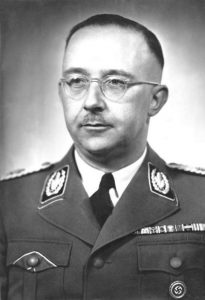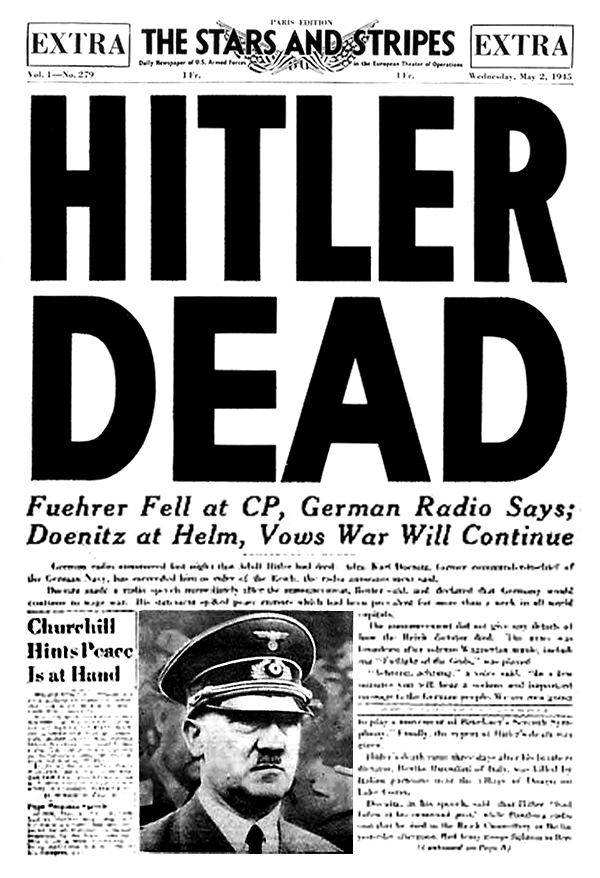
German Federal Archives (via Wikimedia Commons)
On 7 July 1942, Heinrich Himmler orders that experimentation on women at the Auschwitz concentration camp begin and also to investigate extending this to males. How and why did this happen? Let’s find out.
Himmler, as head of the Schutzstaffel (SS), believed in exterminating all European Jews. As head of the SS and the assistant chief of the Gestapo, he controlled all the police forces in Germany. This allowed him the power to carry out Hitler’s Final Solution and why he was the one who called for a conference that would devise how these experiments would be conducted. The conference attendees included SS General Richard Glueks (hospital chief), SS Major-General Karl Gebhardt, and Professor Karl Clauberg (a leading German gynecologist) and members of the Concentration Camp Protectorate.

Image credit: xiquinhosilva
Flickr via Wikimedia Commons
The conference decided that medical experimentations would take place but also done in a way that the women would not know what was being done to them. The experiments would be to devise methods of sterilizing Jewish women using massive doses of radiation and uterine injections. It was also decided to examine if X rays could be used to castrate men and use it on male Jewish prisoners. Adolf Hitler agreed to this, but it was kept top secret as they were concerned many would object (it had happened before when they tried exterminating disabled and those in hospitals with severe mental conditions). This program would further the Nazi’s aims to rid the world of Jews outside of their extermination camps. They knew that in time they would get control of countries where setting up extermination camps would not be practical, so developing means to sterilize Jewish men and women (and others they didn’t like as well) would allow them to continue eliminating Jews but under the guise of using medicine to eliminate them.
Sources
Himmler decides to begin medical experiments on Auschwitz prisoners.
History.com
https://www.history.com/this-day-in-history/himmler-decides-to-begin-medical-experiments-on-auschwitz-prisoners
Original Published Date: November 16, 2009
Last Accessed on: July 8, 2024
Nazi Medical Experiments
United States Holocaust Memorial Museum
https://encyclopedia.ushmm.org/content/en/article/nazi-medical-experiments
Last Accessed on July 8, 2024
The Holocaust: Nazi Medical Experiments
JewishVirtualLibrary.org
https://www.jewishvirtuallibrary.org/nazi-medical-experiments
Last Accessed on July 8, 202






